The six Paris districts you should know, from classically French cobbled streets to edgy underground clubs
Looking for a relaxing stroll through museums? Vintage shopping down hidden side streets? Or fancy discovering street art in one of the grittier neighbourhoods? Anna Richards explores the districts that help you see the authentic side of Paris

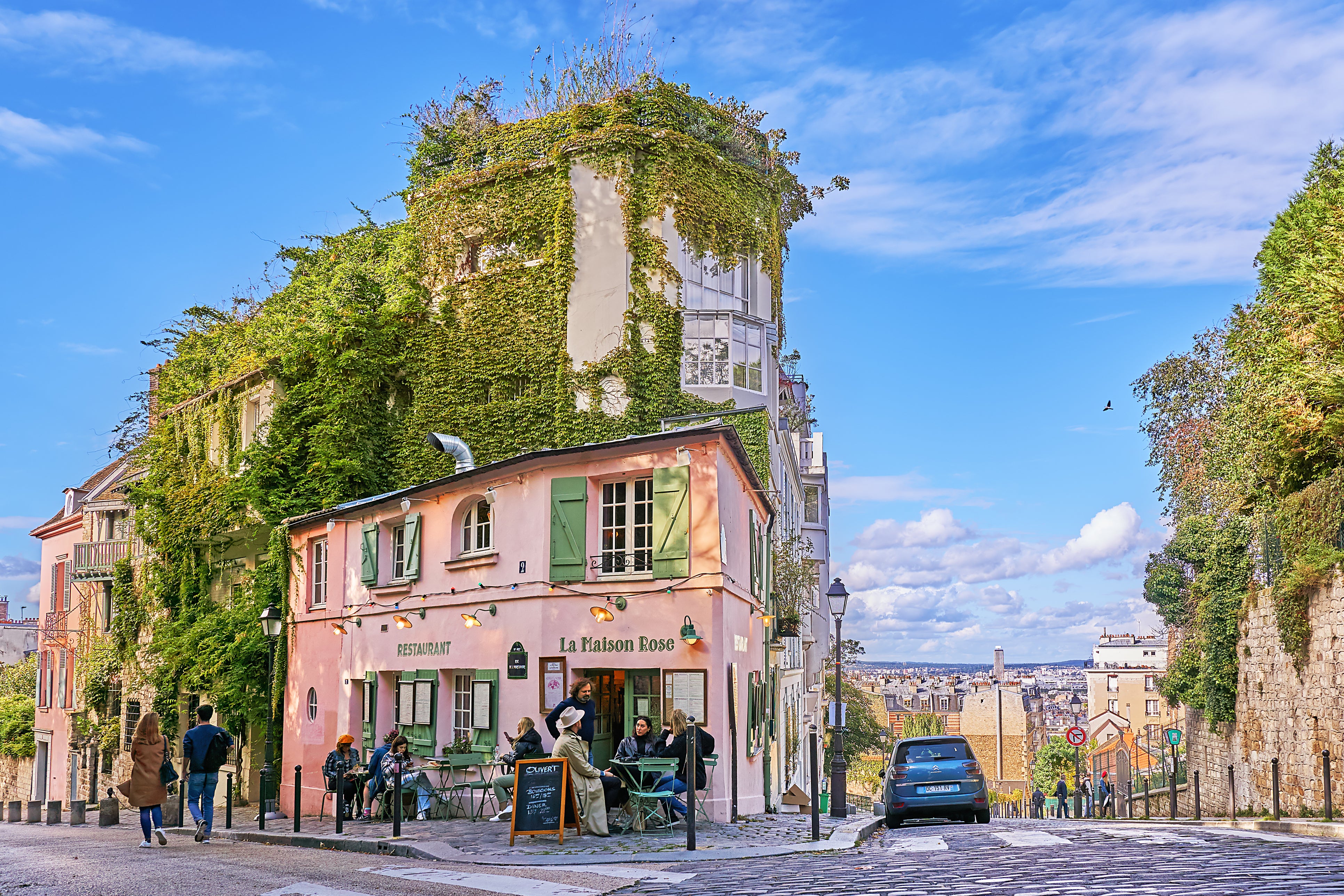
Your support helps us to tell the story
From reproductive rights to climate change to Big Tech, The Independent is on the ground when the story is developing. Whether it's investigating the financials of Elon Musk's pro-Trump PAC or producing our latest documentary, 'The A Word', which shines a light on the American women fighting for reproductive rights, we know how important it is to parse out the facts from the messaging.
At such a critical moment in US history, we need reporters on the ground. Your donation allows us to keep sending journalists to speak to both sides of the story.
The Independent is trusted by Americans across the entire political spectrum. And unlike many other quality news outlets, we choose not to lock Americans out of our reporting and analysis with paywalls. We believe quality journalism should be available to everyone, paid for by those who can afford it.
Your support makes all the difference.All eyes were on the French capital for the 2024 Olympic Games, and the city is sure to remain a popular destination throughout 2025. One of the most important things to ask when planning a Paris city break is: which neighbouthoods deserve your time?
The best way to get your head around the layout of Paris’s 20 central arrondissements, which looks as illogical as the French counting system, is to think of it as a snail’s shell. How typically French, to structure their capital city like an escargot. The first arrondissement is where you’ll find the Louvre, former home of the French royals, and from here, the spiral goes clockwise and outwards.
Each district has its own distinct character and may well appeal to a different type of traveller. Part of the beauty of Paris is that it has a heart and soul away from the main tourist attractions. These are the six districts that will help you discover it.
Best Paris neighbourhoods
1. Le Marais
Best for: Art and culture
3rd and 4th arrondissements
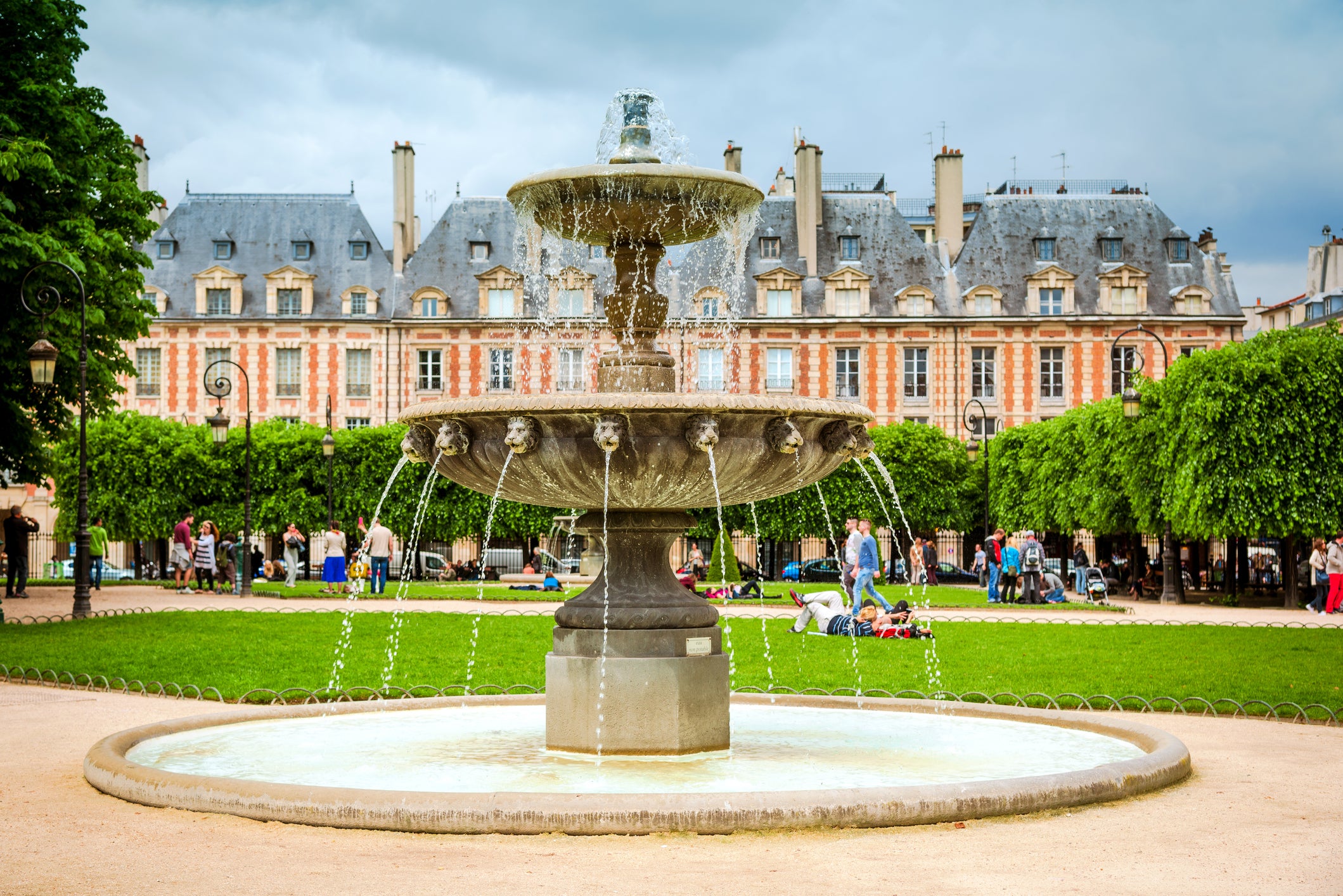
Meaning ‘the swamp’, Le Marais bears no resemblance to Shrek’s homeland. Until the 13th century, the population was largely Jewish, as antisemitic attitudes saw Parisians shunt their Jewish neighbours into the least desirable part of town (visit the Museum of Jewish Art and History, or book onto Emma Strangwayes-Booth’s walking tour of the Jewish history of Le Marais to learn more). By the 17th century, Le Marais had become fashionable with the French nobility. Now, it’s a delightful mash-up of some of the city’s best galleries (the Picasso Museum and Carnavalet Museum), jazz clubs, like the vaulted underground hidey hole 38Riv, and damn good eating and drinking. Try La Belle Hortense, a restaurant and bar within a bookshop.
Where to stay
Hedonistic and seductive, a stay at five-star Sinner is an experience.
Read more: Best Paris hotels
Read more: The best things to do in Paris
2. Belleville
Best for: A bit of edge
19th and 20th arrondissements
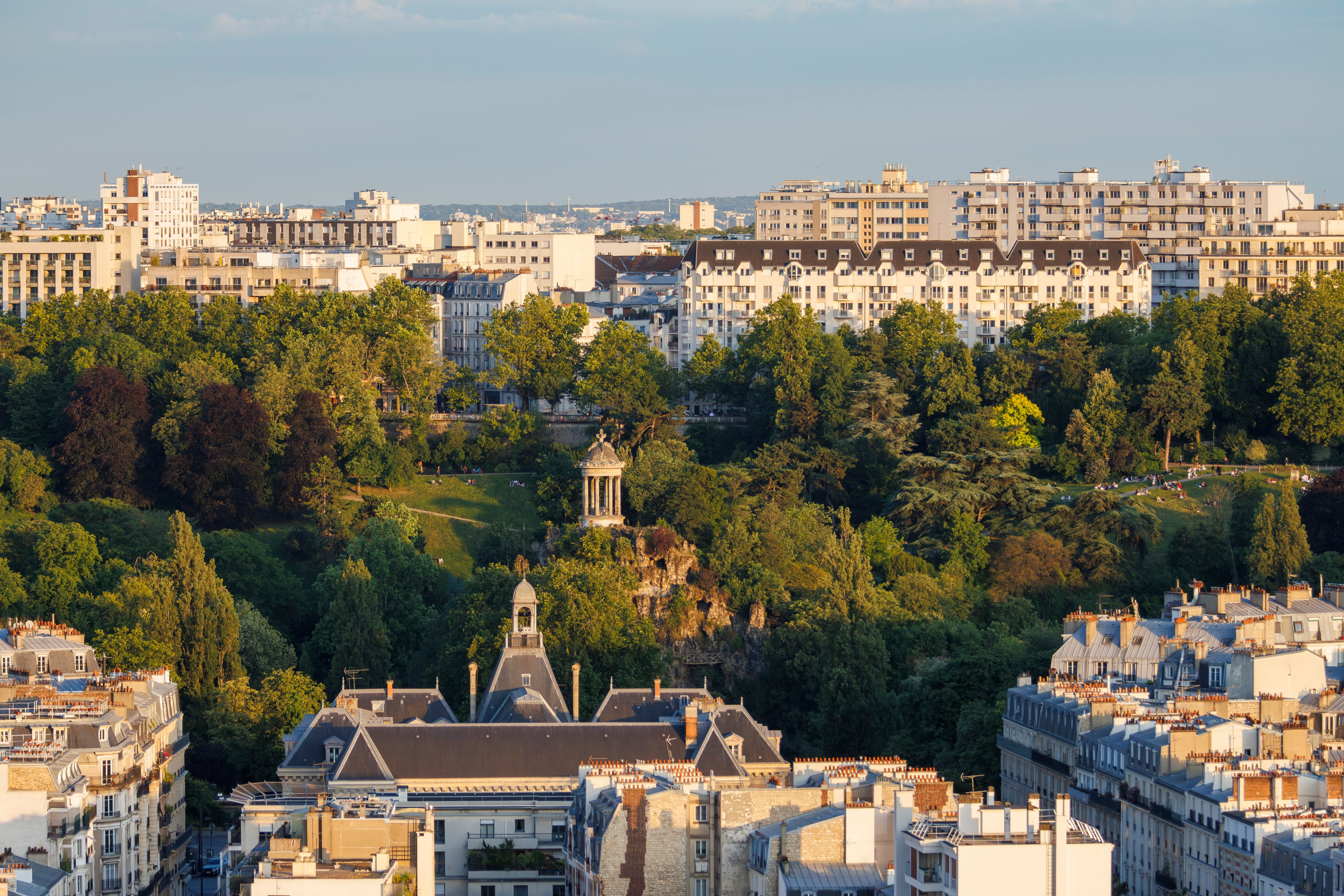
If you thought you couldn’t get a decent curry in France, you’ve never been to Belleville, Paris’s edgy east end. All kinds of world cuisine rub shoulders here. La Cantine de Babelville, a solidarity restaurant with pay-what-you-can prices, has delicious dishes from all over Africa and Madhapur has real Indian and Bangladeshi food (pani puri is not something you typically find on a menu in France).
Belleville often feels crowded, albeit with people who really live and breathe the quartier rather than groups of tourists following a guide with an umbrella, but the abundance of green spaces mean there’s always somewhere to unwind. Parc des Buttes-Chaumont, a former gypsum quarry which also used to serve as a gibbet and then a sewage depository, is now an urban oasis, with views that take in the Eiffel Tower and La Defense in one shot.
Where to stay
With rooms as colourful as its neighbourhood, Mama Shelter Paris East has heaps of character.
Read more: The best budget hotels in Paris
3. Montmartre
Best for: Romantics
18th and 9th arrondissements
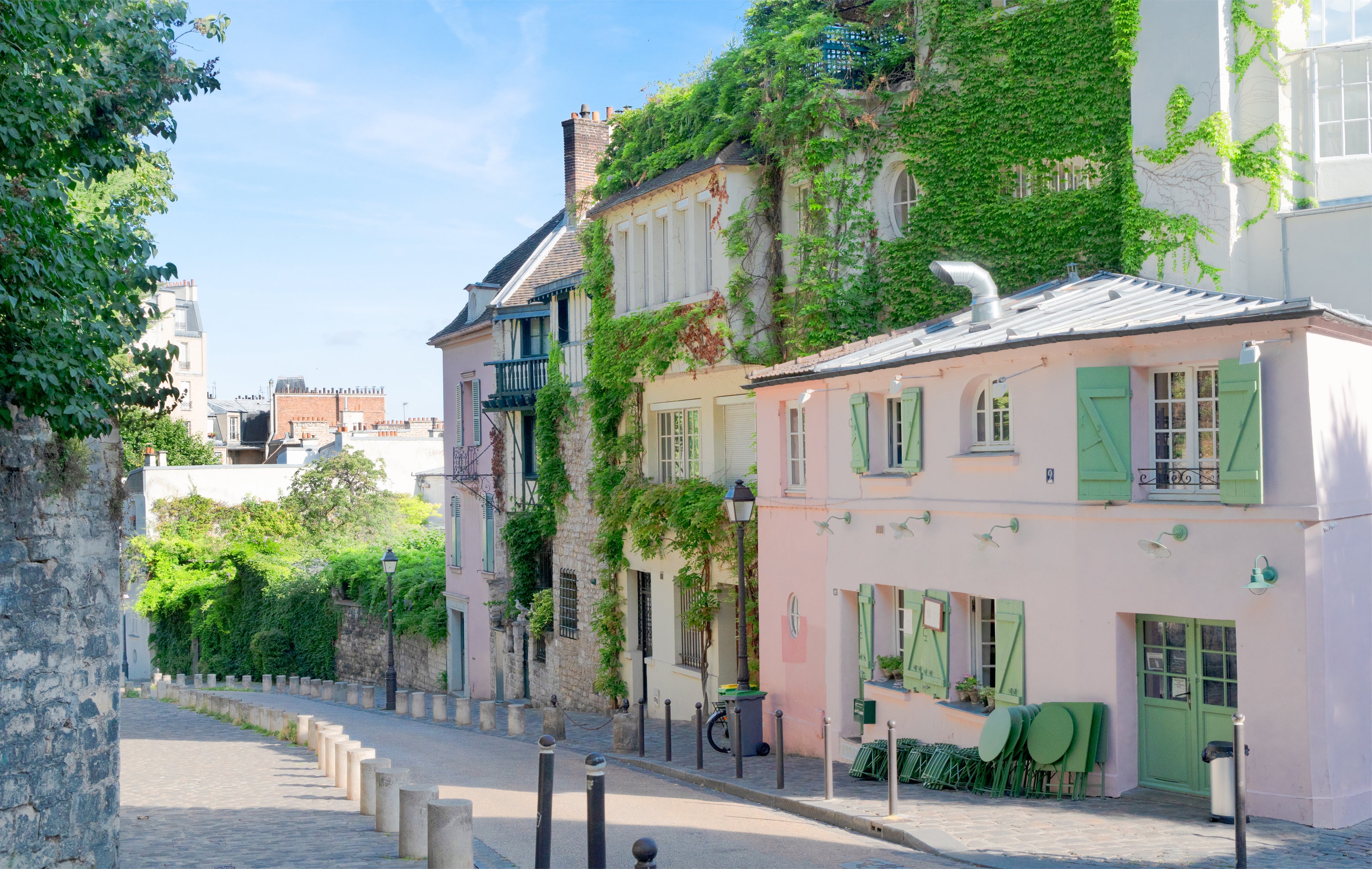
It’s impossible not to see Amelie Poulain’s home through a cinematic lens. Montmartre has been the backdrop for some of the most famous films set in Paris, including Amelie, Moulin Rouge and French Cancan. Buskers play accordions on street corners, parkour aficionados use the railings of the steps leading to the Sacre Coeur as their playground, tourists gaze at the newly reinstated windmills of the Moulin Rouge, and the whole place feels like a movie.
Montmartre Cemetery isn’t as well-known as Pere Lachaise, but there’s something special about the grand old tombs flanked by Hausmann buildings. At the Musée de Montmartre, get a flavour for what the village of Montmartre was like before all the bourgeoisie moved in and it became absorbed into Paris, with the only urban vineyard in the city, Clos Montmartre.
Where to stay
Terrass’Hotel has a wonderful rooftop bar with an extensive cocktail menu.
Read more: What it’s like to stay in a backpacker hostel in Paris
4. The Latin Quarter
Best for: History buffs
5th arrondissement
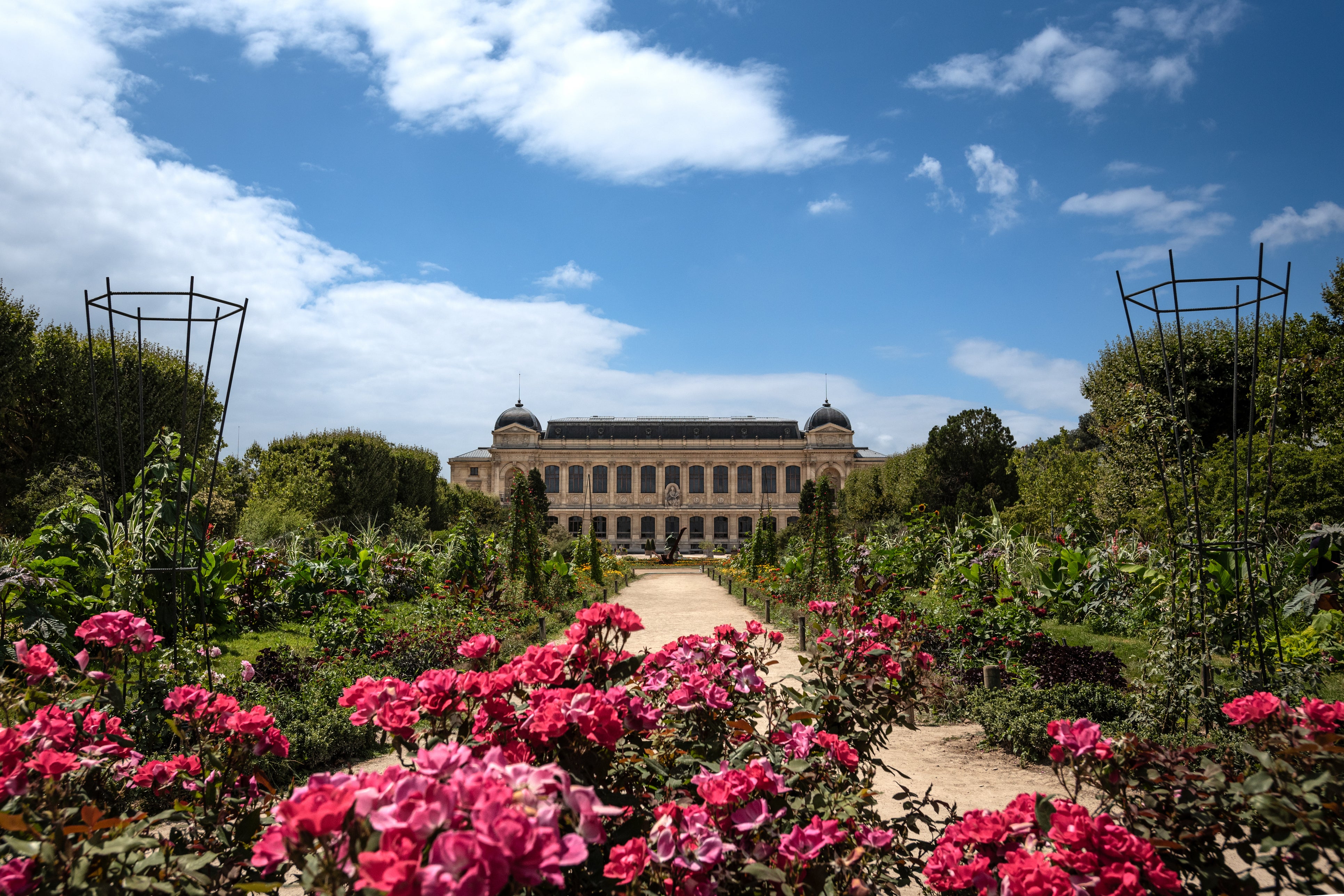
So named as it was inhabited by the Romans 2,000 years ago, when Paris was still Lutetia, the Latin Quarter is one of the most historic parts of the city. The Arenes de Lutece, the Gallo-Roman amphitheatre, was built in the 2nd century, and it’s free to visit. From here, it’s only a 15-minute walk to the Musée de Cluny, to fast forward a few hundred years and plunge yourself into Paris in the Middle Ages. But Roman occupation seems recent in comparison with some of the specimens exhibited at Paris’s Natural History Museum. In the heart of the vast urban park, the Jardin des Plantes, there are fossils dating back to the age of the dinosaurs.
Where to stay
Hôtel Orphée has free cake in the lobby 24/7 and great value double rooms.
Read more: How to dine out in Paris for under €20
5. Saint-Germain-des-Pres
Best for: Fashionistas
6th and 7th arrondissements
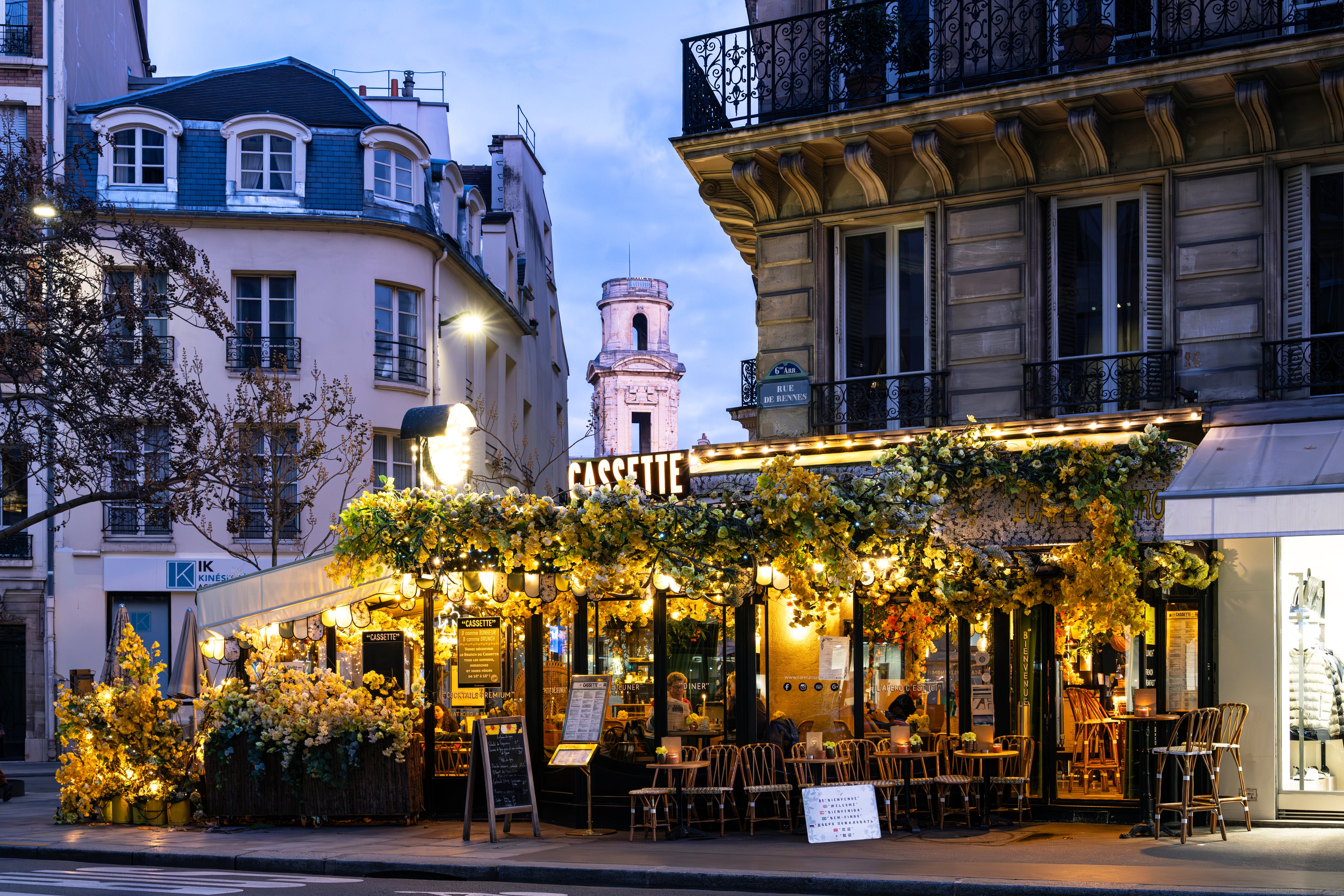
If you’re planning on treating Paris like a catwalk, Saint-Germain-des-Pres is for you. Not only is the white limestone an arguably more striking runway than a red carpet, but some of Paris’s finest department stores are here, including Le Bon Marché.
For people watching and a decent cup of coffee, skip the tourist traps Les Deux Magots and Cafe de Flore, where Hemingway’s patronage has retrospectively grossly inflated the price of an espresso, and head to Bonjour Jacob instead. Their collection of coffee table magazines will have you discovering places most Parisians have never heard of.
Where to stay
There’s a great little gym and spa at La Villa Saint Germain.
Read more: The best vegan places to eat in Paris
6. Ile de la Cite
Best for: Classic Paris
1st and 4th arrondissements
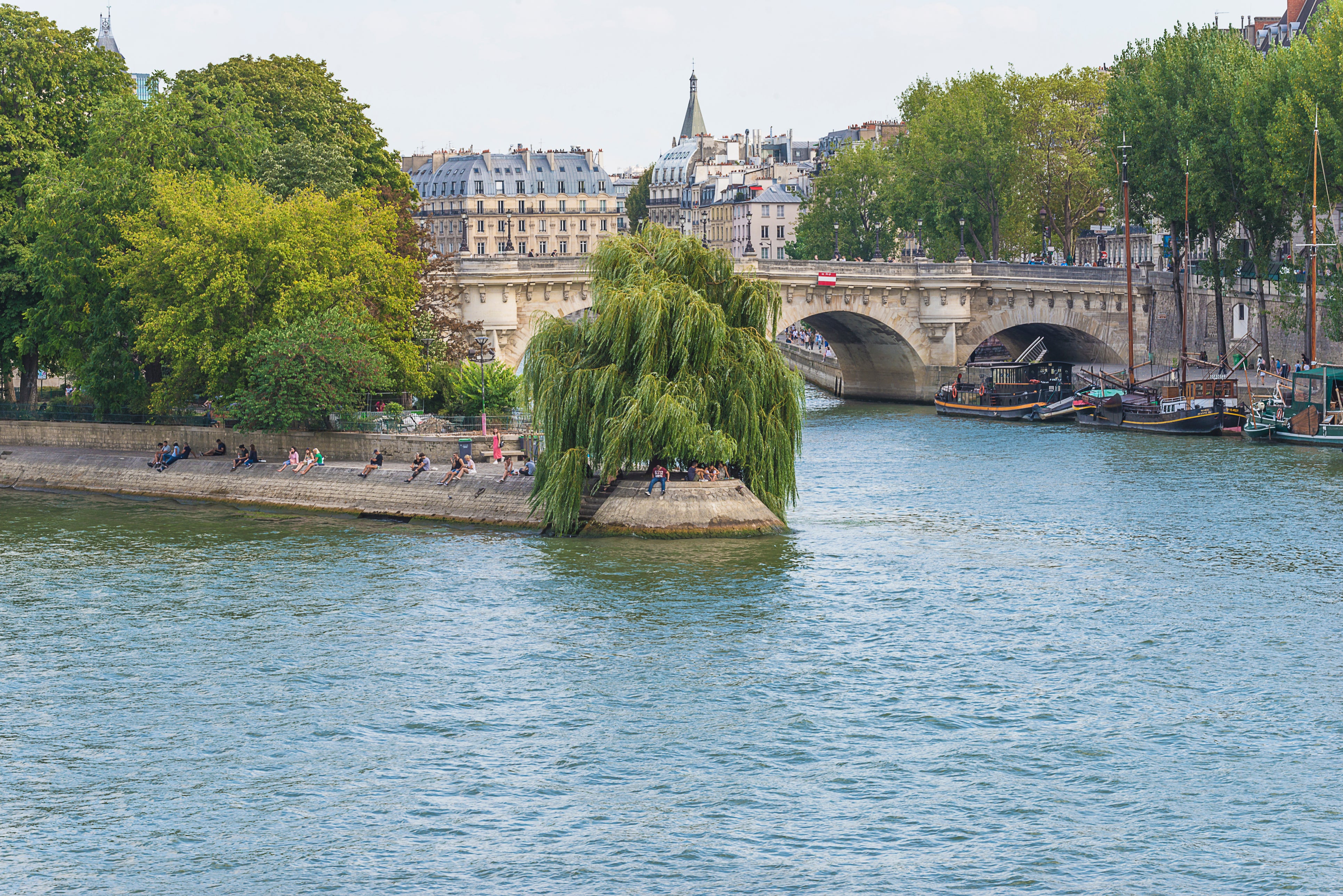
The Paris that first-time visitors surely imagine is the twin islands of Ile de la Cite and Ile Saint-Louis, where every building and paving stone is impossibly gorgeous. Many come for Notre-Dame, even in its present, semi-scaffolded state, or the Conciergerie, former prison and court of justice, where Marie-Antoinette was detained.
If it wasn’t picturesque enough, the flower market (Monday-Sunday) on Ile de la Cite turns the area into a postcard. Don’t miss the finest shop window display in the area; that of the almost-too-famous bookstore, Shakespeare & Company.
Where to stay
Hotel Des Deux Iles on Ile Saint-Louis has wallpaper straight out of William Morris’s design book.